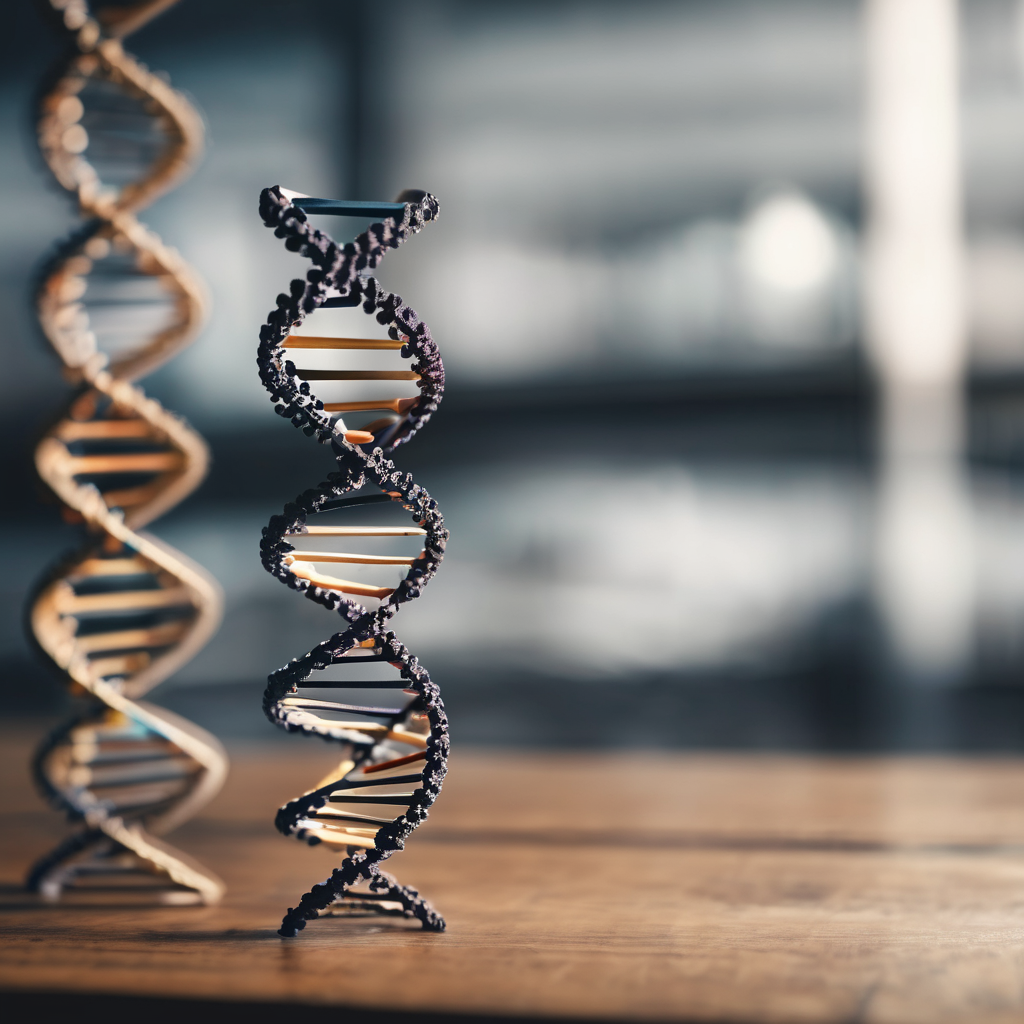This month has brought significant updates in the realm of Huntington’s disease (HD) research, unveiling progress in therapeutic strategies, diagnostic measures, and community engagement. Highlights include advances in DNA-repair targeting methods, deeper insights into the diagnosis gaps, and the successful gathering of researchers at the Huntington’s Disease Clinical Research Congress 2025. These developments illuminate both the maturation of HD research and the vast unexplored avenues that lie ahead.
In the therapeutic domain, the HD community remains energized by uniQure’s announcement regarding AMT-130, with early trial results suggesting a possible 75% slowdown of HD progression in high-dose participants. However, experts caution that these initial findings come from a small study and must be interpreted with caution, emphasizing that while progress is underway, it is essential to maintain realistic expectations about potential cures.
The Huntington Study Group Clinical Research Congress held in Nashville showcased a variety of updates, including innovative trial designs and robust researcher-community interactions. The congress serves as a breeding ground for new ideas, fostering collaborations that enhance research momentum and refine priorities in the HD landscape.
On the biomarker front, studies examining the mechanistic targeting of DNA repair present promising insights. Researchers are exploring small molecules aimed at the genetic mechanisms responsible for HD, which could shape future therapeutic targeting. Understanding these mechanisms is critical for effectively translating research into clinical applications.
Mathematically modeling the HD gene’s prevalence also emerged as a pivotal study this month. This research attempts to identify the number of individuals carrying the HD gene who remain undiagnosed, shedding light on the larger impact of the disease and advocating for greater awareness and resources.
The month also recognized contributions from early-career researchers through the HDBuzz Prize. Innovative work discussing the balance of huntingtin protein levels and identifying SGTA as a potential therapeutic target illustrates the evolving understanding around targeting huntingtin’s impact within cellular molecular networks.
Researchers are increasingly focused on using specialized methodologies to map cellular changes in the HD brain, uncovering evidence that symptom-related alterations begin at birth, which may pave the way for early interventions.
The collective themes from October underscore a commitment to rigor in research while embracing a spirit of optimism. As the field progresses, there is a notable emphasis on unearthing unknowns—be it through identifying undiagnosed populations or understanding the intricate protein networks involved in HD.
In a climate of cautious hopefulness, the ongoing support from the community has played a vital role, as demonstrated by surpassing fundraising goals during the “Falling Into Hope” campaign. Such initiatives ensure that families affected by HD remain informed and empowered as science strives towards a future without this devastating disease.
